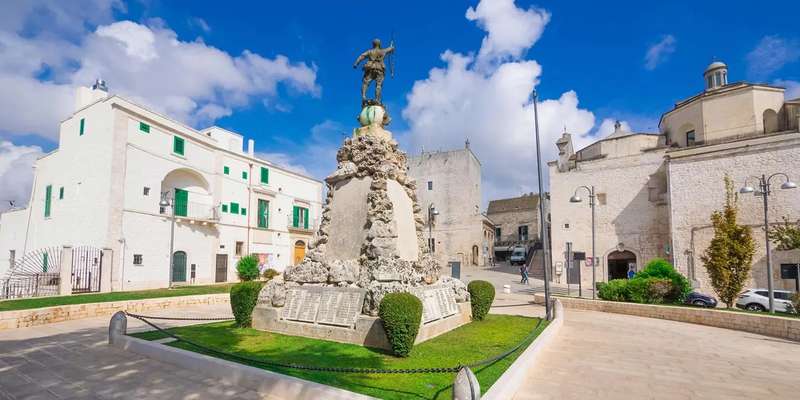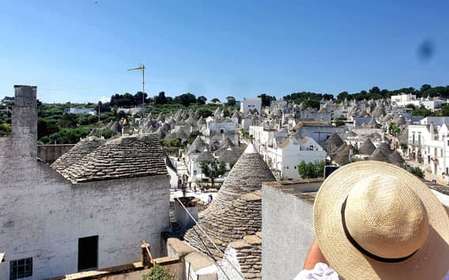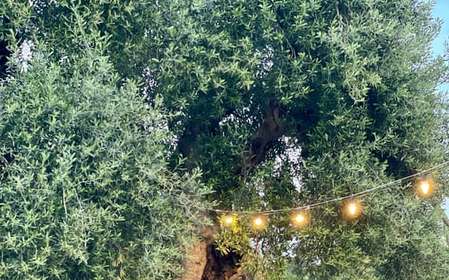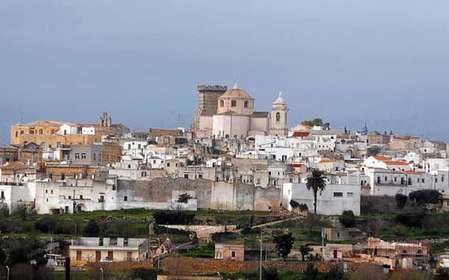- Home
- Useful Tips
- Best walking tours in the...
Exploring Brindisi's labyrinthine alleys presents a delightful challenge that quickly turns frustrating. Over 60% of visitors miss key historic sites according to regional tourism boards, wandering past Byzantine churches and Roman columns without context. The compact centro storico conceals its treasures behind unmarked arches and sudden piazzas, leaving time-crunched travelers circling identical palm-lined streets. Morning tour groups cluster at predictable spots while authentic enotecas and Baroque courtyards remain empty, their stories untold. Without local navigation wisdom, you risk surface-level exposure to this 2,000-year-old port city where Phoenician ruins blend with Swabian castles. The right walking approach transforms disjointed sightseeing into a cohesive journey through Puglia's multicultural layers.


Navigating Brindisi's confusing old town layout
Brindisi's historic center disorients even seasoned travelers with its organic medieval design. Unlike grid-planned cities, the old town grew radially from the Roman port, creating a spiderweb of alleys that abruptly dead-end at ancient walls. Smart exploration starts at the iconic Roman columns marking the Appian Way's terminus, using these as your true north. From here, local experts recommend a figure-eight route that efficiently connects the Cathedral's 12th-century mosaic floor with the overlooked Santa Teresa church's stucco work. Midday brings relief in shaded passages like Via Carmine, where 18th-century noble houses provide cool walking corridors. Watch for subtle wayfinding clues – volcanic stone pavers indicate original Roman roads, while marine fossils embedded in limestone walls reveal reclaimed quarry materials from Brindisi's shipbuilding heyday.
Timing your walk to avoid crowds and heat
The sweet spot for Brindisi exploration falls between 8-10am when soft light illuminates peach-colored palazzos and fishermen deliver their catch to harborside trattorias. By 11am, cruise passengers overwhelm the small Archaeological Museum, creating bottlenecks at the Swabian Castle entrance. Savvy walkers reverse the standard route, beginning at the less-visited San Giovanni al Sepolcro temple while groups cluster at the port. Summer demands strategic hydration stops – seek out hole-in-the-wall bars like Caffè Roma for their legendary granita served in chilled copper cups. Evening passeggiatas along Lungomare Regina Margherita offer cooler temperatures and magical sunset views across the Adriatic, with local families strolling beside Byzantine-era seawalls. Wednesday mornings bring the vibrant farmers market near Piazza Mercato, where you can taste local olives while examining Greek-influenced architectural details on surrounding buildings.
Decoding Brindisi's layered architecture styles
What appears as visual chaos reveals careful study through a local guide's eyes. The Normans left their mark in the Cathedral's alternating light and dark stones, while Spanish rulers added ornate balconies to 15th-century dwellings. Look upward along Via Consolare to spot Arab-influenced rooftop chimneys shaped like minarets, a legacy of Brindisi's Moorish period. Few notice the Jewish quarter's telltale signs – slightly recessed doorways on Vico dei Hebrei indicating mezuzah placements, now home to artisan workshops. The best-preserved Roman gateway hides in plain sight near the tourist office, its travertine blocks camouflaged by later medieval additions. Knowledgeable guides point out where Venetian merchants painted their insignia above doorways, and how 19th-century pharmacists marked their shops with ceramic owl plaques that still dot the historic center.
Local secrets beyond the standard tour routes
Brindisi's true character emerges in spaces most tours rush past. The courtyard at Palazzo Granafei-Nervegna conceals a Renaissance well with acoustic properties – whisper into its opening and the sound carries across the arcade. Nearby, family-run Cartapesta Marsura keeps the tradition of papier-mâché religious sculptures alive, welcoming curious visitors into their workshop. For the ultimate hidden viewpoint, climb the unmarked staircase beside Sant'Andrea church to find a terrace overlooking the entire harbor. Food-focused walkers time their route with the 6pm opening of tiny Panificio Santa Rita, where wood-fired ovens produce friselle topped with local tomatoes. The city's most poignant history hides in the WWII escape tunnel beneath Piazza Santa Teresa, now accessible through special guided visits that explain Brindisi's role as Italy's provisional capital during the conflict.



